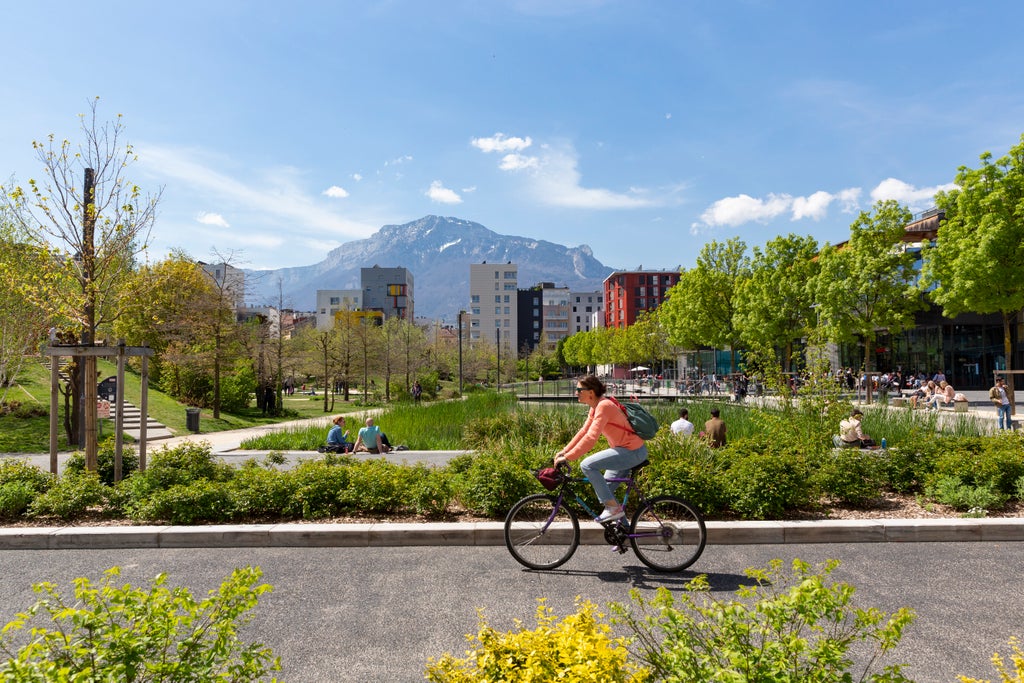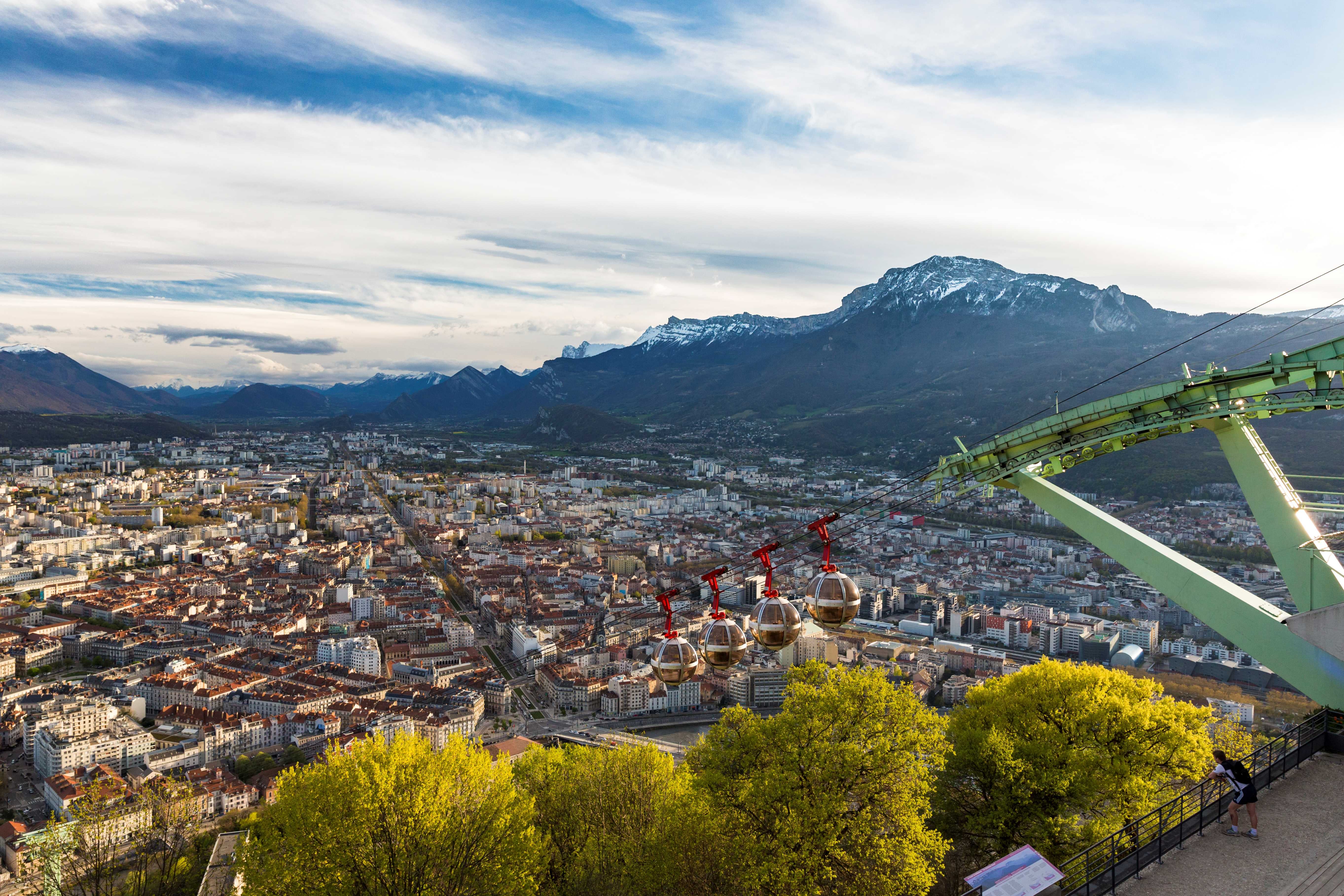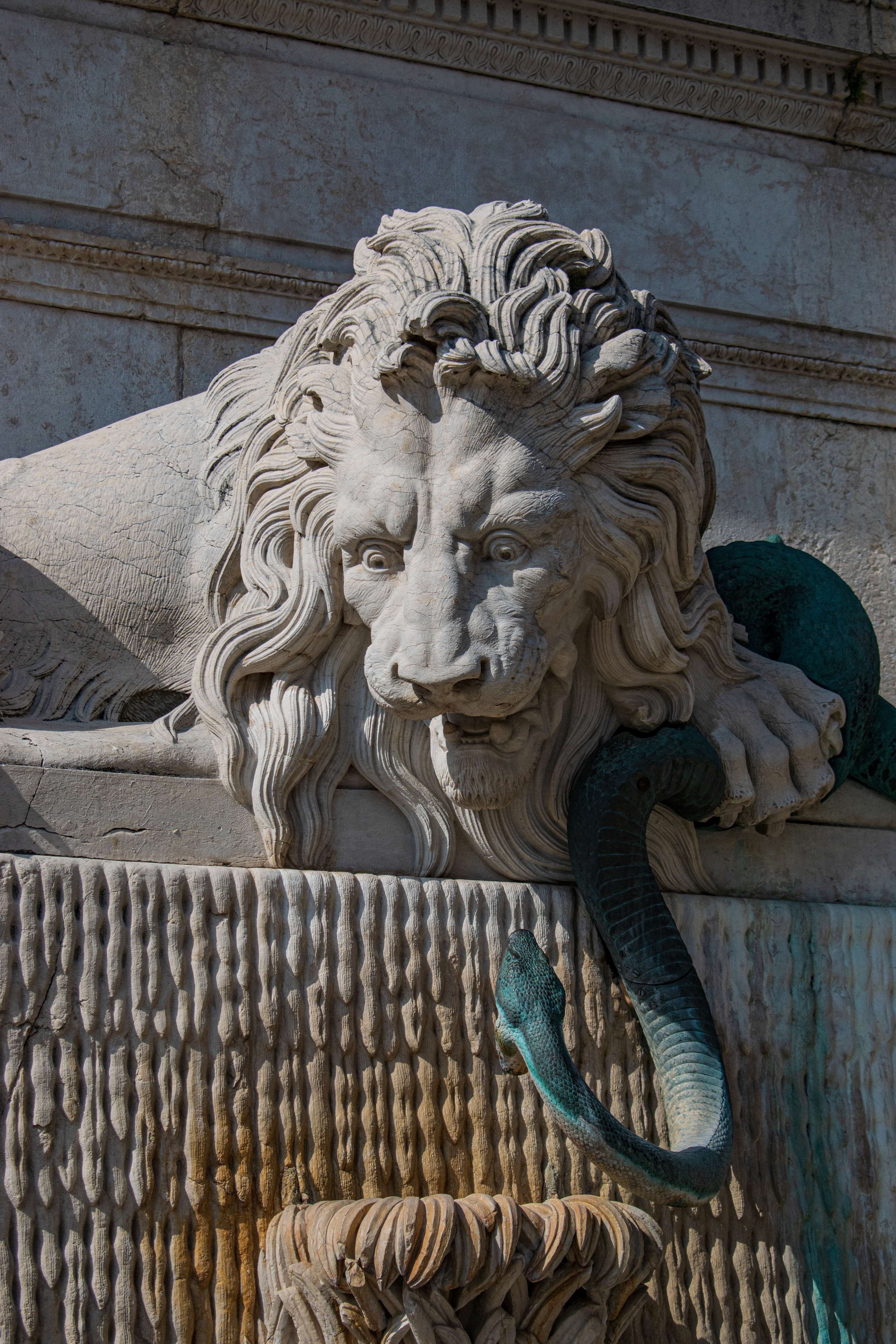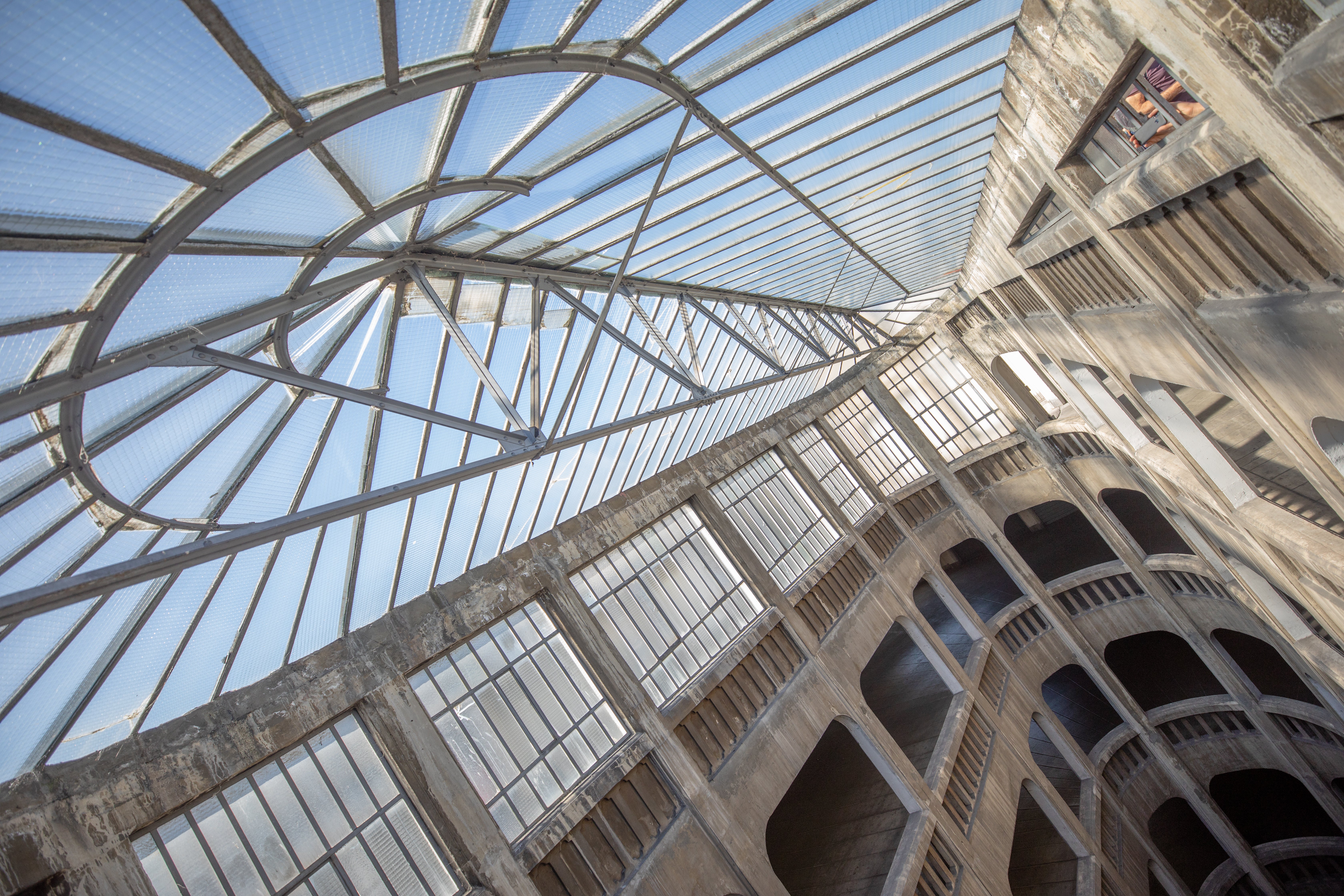
Encircled by three regional parks (Vercors, Chartreuse, and Belledonne), Grenoble has won the geographical lottery. Ironically, that means that the city often passes under the radar, as visitors headed for the mountains dash through with eyes skyward.
As a result, this French city is disarmingly unpretentious, with a centre where students rub shoulders with skiers in craft breweries, businessmen and mud-spattered hikers frequent the same wine bars, and where you can start the day paragliding over spires and finish it dancing in sultry jazz bars.
Built in stages, Grenoble is a patchwork of a city designed to be lived in, not merely looked at.
What to do
Get an adrenaline rush
The closest piste to Grenoble (Col de Porte) is less than 20km from the city centre, but thrillseekers don’t even need to leave the city to get a fix. It’s also home to France’s first-ever urban via ferrata climbing route, perched on the craggy cliff by the 19th-century Bastille Fortress: there’s a monkey bridge and rock climbing, all with the city below your feet (entry free when unguided).
Grenoble’s views aren’t just reserved for daredevils, though. Climb up to the Bastille (roughly an hour from the centre of town) to enjoy a panorama over the entire city. At the foot of the cobbled walkway, don’t miss the ornate Fontaine du Lion, showing an immense stone lion − representing Grenoble − devouring a bronze serpent, symbolising the Isère River that flows through the city. Take the cable car to descend (one way, €6, return €9). For a real leg stretch, hike the trail from St Nizier-du-Moucherotte to the summit of Le Moucherotte (10km there and back) at a height of just over 2,000 metres. On a good day, the city’s surrounding parks and Mont Blanc are clearly visible from the top.

Take a history lesson
The Musée de Grenoble has a collection of some 800 works in the permanent exhibition and spans a timeline from Ancient Egypt to the present day. The 20th-century art collection is particularly impressive, including Bonnard, Matisse, Picasso, and Warhol (10am–6.30pm, daily except Tuesdays, €8).
To learn about the region’s rural history and Grenoble’s relationship with the Alps, visit the Musée Dauphinois, with a permanent exhibition on mountain life and two temporary exhibitions on rotation (daily except Tuesdays, free entry). The Grenoblois have always been at the forefront of resistance movements, from the French Revolution to resistance during the Second World War. To understand Grenoble’s importance during the French Revolution, head to Domaine de Vizille, a chateau set in landscaped gardens only half an hour by bus from the city centre, to explore the Musée de la Révolution française (open daily except Tuesdays, free entry).
Where to stay
For a city with so much soul, accommodation in Grenoble can be bland, functional, and dominated by international chains. A few exceptions: Art Deco hotel 1924 has original mosaic flooring in the lobby and airy rooms, all with bathtubs. Fork out for the suites which were once the chambres de bonne (maids’ rooms): some have excellent views of Vercors Regional Park. Doubles from €90, B&B. 1924hotel.com
Maison Barbillon is a characterful townhouse near the station. There’s complimentary coffee 24/7 to help you to keep up with Grenoble’s partying student population and a well-stocked lending library. Doubles from €90, B&B. maisonbarbillon.com
Look past the multi-storey car park facade of Le Hüb: as a youth hostel with self-catered apartments and coworking space, it’s the city’s best budget accommodation. Dormitory beds come in single or double pods. Apartments are spacious and equipped with cooking facilities. There’s a bar and a garden, but no communal kitchen. From €39 for a single pod in a dormitory, room only, or €104 per night for a double self-catered apartment. lehub-privilodges.com
High-end travellers need to look beyond the city centre. Château de la Commanderie is the most luxurious option close to Grenoble (10 minutes by car), with fairytale turrets, an outdoor heated pool, and extensive gardens. Doubles from €166, B&B. commanderie.fr/en/hotel-spa-grenoble

Where to eat
In a country renowned for its cuisine, it’s little surprise that Grenoble has countless opportunities to feast, but its affordable food scene means you can balance your appetite with your wallet. Traditional bistro Le Boeuf au Comptoir serves hearty French classics, including all-you-can-eat frogs’ legs, and Le Rousseau has a lengthy wine menu and an exceptional three-course set menu (one meat and one fish dish, no vegetarian options). The real jewel in Grenoble’s bistro crown, though, is Et Si, a cosy restaurant with a small menu of some five or six dishes (with vegetarian options), swift, friendly service and eclectically decorated with vintage typewriters and gilded mirrors.
Pair a ceramics workshop at Atelier Forma with its Saturday brunch, which will leave you full all day. For lighter options, Cafe Myro serves granola bowls, vegan pancakes, and the best coffee in the city. Vegetarians should head to Locafé, an organic, vegan restaurant with meals that are (almost) too pretty to eat. La Chapelle, a restaurant in a 19th-century church, serves international cuisine. Cheese-lovers: the best fondue in town is at Le Montagnard. If self-catering, buy creamy wheels of Saint-Felicien and Saint-Marcellin from the Les Halles Sainte-Claire covered market − it’s open daily except for Mondays.
Where to drink
Grenoble’s bars are busy every day of the week, which is unsurprising for a city with one of the largest student populations outside Paris. The beer scene is particularly good. Brasserie Neptune brews all its own beers onsite and has eight on draught at a time, with unique tasting notes like “toast” and “coriander”. The food is also tasty.
Le Cafe de la Place Championnet is a day-to-night joint equally enjoyable for morning coffee and after-work beers, in the heart of Grenoble’s artsiest district. Wine-lovers head to Le Zinc, a bar with a wine menu that could keep you going for years, let alone days (there are more than 1,000 to try). For late-night cocktails, the Blind Pig attracts a young crowd, with moody lighting, pot plants, and gin. Try cocktails that include chartreuse, a potent herbal liquor. Its secret recipe is brewed by monks at a nearby monastery.
La Soupe aux Choux (literally, “cabbage soup”) is a lively jazz bar open until midnight. After this, dance the night away at La Belle Electrique or La Bobine, cultural spaces with bars, restaurants, and varied live music.
Where to shop
The whole antiques district is a veritable treasure trove of second-hand shops and little bookstores. Alma Slow Concept has upcycled clothing and handmade jewellery at reasonable prices. For superb regional cheeses, Fromagerie les Alpages on Rue de Strasbourg has an excellent selection, and handily, there’s a well-stocked wine shop, Le Vin des Alpes, just a few doors down.
Grenoble was France’s glovemaking capital − a trade now almost extinct. Gant Lesdiguieres is now the sole artisan in the city, with an owner that has been making kid gloves since he was 14. For bibliophiles and revolutionaries, Grenoble’s anarchist bookshop Antigone is open on Wednesday evenings and Sunday afternoons. It also hosts author talks.
Architectural highlight
It’s a car park and garage (yes, really). The inverted spiral Helicoidal Garage is free to visit, and still in use. Motorists carrying out repairs on the roof are seemingly oblivious to the architectural splendour of their garage and the snow-capped mountains behind it.

Nuts and bolts
What currency do I need?
Euros.
What language do they speak?
French.
Should I tip?
If you’d like to, but tipping isn’t customary in France.
How should I get around?
Grenoble’s city centre is very compact, so on foot is best. Mvelo+, the city’s bike rental system, allows users to rent a bright yellow bike for a day, a week, or even several months, with all maintenance fees included. Fortunately, with the exception of Bastille, the city is flatter than a crepe.
For anything further afield, or if the weather isn’t on your side, the tram network is affordable and efficient (€1.70 a journey). Leave the car at home: it’s not in the spirit of things, since Grenoble is Europe’s newly crowned green capital, and the one-way system and parking are infernal.
What’s the best view?
From the cable-car cabins running between the city centre and Bastille.
Insider tip?
Got 10 minutes to kill? Look out for stands by Short Edition, vending machines which churn out short stories and comic strips. They’re now found all over the world, but the very first was in Grenoble.
Getting there
Trying to fly less?
Catch the Eurostar to Paris Gare du Nord, and take the metro to Gare de Lyon. From there it’s three hours by train to Grenoble.
Fine with flying?
During ski season (December–April), direct flights run between London Gatwick and Grenoble Alpes Isere Airport. The rest of the year, the closest airport is Lyon-Saint Exupery, an hour by either train or car from Grenoble’s city centre.







